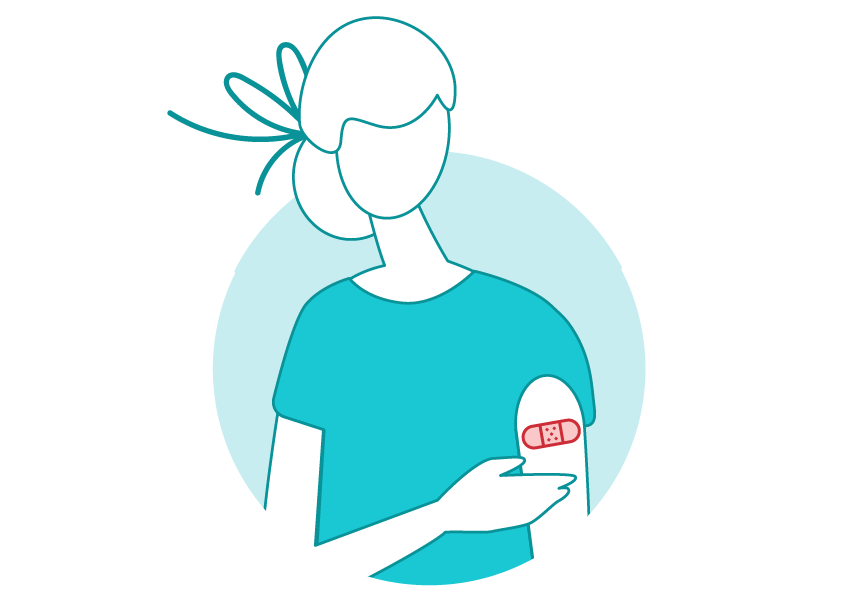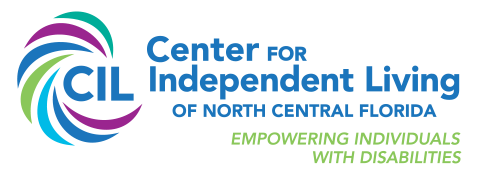Here’s what you should and shouldn’t do post-vaccination, according to health experts:
If it has been at least two weeks since you received your last dose of the COVID-19 vaccine, congratulations! You are now considered “fully vaccinated.” You are armed with our best weapon against a virus that has killed more than 2.6 million people worldwide and upended our lives in unimaginable ways.
That is truly something worth celebrating.
But before you toss aside your mask and throw a party, it’s important to remember that the coronavirus is still spreading and the majority of Americans have yet to be vaccinated — so precautions continue to be necessary to protect yourself and the people around you.
The U.S. Centers for Disease Control and Prevention (CDC) has published some specific guidance about what the fully vaccinated can do and cannot do, and AARP has asked experts to answer other common questions about life after vaccination. Here are 10 things you should know now that you’ve been jabbed.

1. You still need to wear a mask
Even though COVID-19 cases are down from their peak in January, the coronavirus is still circulating in the U.S., and new and more contagious variants have emerged. So wearing masks and social distancing are still important in helping slow its spread until we can reach herd immunity — when an estimated 70 to 85 percent of the population is vaccinated.
“Until more of the population is vaccinated, masking is important, not just to protect yourself but also other people,” says Purvi Parikh, M.D., an allergist and immunologist at NYU Langone Health and an investigator in COVID-19 vaccine clinical trials.
Masking will also help slow the spread of coronavirus variants — and prevent the emergence of new ones — because the virus can’t mutate if it is not spreading.
2. You could still catch COVID-19
This is the other reason experts don’t want you to put aside your mask just yet. Although all three vaccines authorized for emergency use in the U.S. were found to be highly effective against severe disease and death from COVID-19, there’s still a chance you could get infected with the virus.
The Pfizer-BioNTech and Moderna COVID-19 vaccines were about 95 percent effective in preventing symptomatic COVID-19 after two doses in clinical trials. The Johnson & Johnson vaccine was 66.1 percent effective in multi-country clinical trials and 72 percent effective in U.S. trials.
“The whole point of a vaccine is that it prevents you from dying or ending up in the hospital,” Parikh says. “But you may still get sick.”
3. You could infect someone else
There’s also a small chance that you could get infected with the virus and not even realize it, and then you could transmit it to someone who is not vaccinated, says Kristen Marks, M.D., an infectious disease specialist at New York-Presbyterian/Weill Cornell Medicine who leads COVID-19 vaccine trials.
Researchers are still studying whether the vaccines prevent the asymptomatic spread of the virus, she says; early data indicates that they likely do. But the evidence is preliminary and more research is needed.
4. You can visit friends and family
Fully vaccinated people can gather indoors with others who are also fully vaccinated, without wearing masks or physical distancing if you choose, the CDC says, because the chance of anyone getting infected would be remote.
You can also spend time inside with unvaccinated people from a single household without wearing masks or physical distancing if you choose, the CDC says, as long as no one is at increased risk for severe COVID-19 disease and no one lives with somebody who’s at increased risk as well.
That means you can visit (and hug!) your unvaccinated children and grandchildren.
What’s important, the CDC says, is to keep two unvaccinated households from mingling. The agency offers this example: If fully vaccinated grandparents are visiting with their unvaccinated daughter and her children, and the daughter’s unvaccinated neighbors also come over, the visit should then take place outdoors, with everyone wearing well-fitted masks and maintaining physical distance (at least 6 feet). This is due to the risk the two unvaccinated households pose to one another.
The CDC still recommends avoiding medium-size and large gatherings.
5. You don’t have to quarantine after exposure
You do not have to quarantine or get tested after an exposure to someone with the coronavirus, as long as you aren’t experiencing any symptoms, the CDC says. If you develop a cough, fever, shortness of breath, diarrhea or other symptoms of COVID-19, however, you should get tested.
6. You should keep your vaccine record card handy
In the future, you may need proof of vaccination to travel, work in certain industries or attend large events, Parikh says. Several other countries already have a validation system in the works, and a number of private companies in the U.S. are working on creating a digital passport that would include your vaccination status. “Obviously, your vaccine card is your main proof right now,” Parikh adds.
Your card may also come in handy to confirm which vaccine you received, and when you received it, if a booster dose is required. Some people are laminating their cards; another way to preserve it is to take a photo and store it on your phone. If you didn’t hang on to your card, the provider that administered your vaccine should have an electronic or paper record of it.
7. Travel is still discouraged
Even though the number of airline passengers has been rising, the CDC continues to recommend against travel, even for those who are vaccinated. In explaining the decision on March 8, CDC Director Rochelle Walensky said:
“In terms of travel, here’s what we know: Every time that there’s a surge in travel, we have a surge in cases in this country. We know that many of our variants have emerged from international places, and we know that the travel corridor is a place where people are mixing a lot. We are really trying to restrain travel at this current period of time, and we’re hopeful that our next set of guidance will have more science around what vaccinated people can do, perhaps travel being among them.”
8. It’s a good time to go to the doctor or dentist
Countless Americans put their health care on hold due to the pandemic. Now that you’re vaccinated, it’s time to schedule that colonoscopy, dental cleaning or elective surgery you’ve been putting off. “Being vaccinated, now is the safest it has been to have surgery in well over a year,” says Beverly Philip, M.D., president of the American Society of Anesthesiologists.
The only screening you may want to hold off getting right away is your mammogram. Many women develop swelling in the lymph nodes in their underarm after vaccination, the CDC says. Although the swelling is a normal sign that your body is building protection to the coronavirus, it could cause a false mammogram reading. For that reason, some experts recommend waiting four to six weeks after you are fully vaccinated to get a mammogram.
9. You may need a booster shot
Marks says there are two reasons we might need a booster shot: If our immunity wears off naturally or if the virus changes so much that the immunity we have from the current vaccines proves inadequate.
Researchers still don’t know how long immunity from the vaccines will last. “We’re collecting data,” Marks says. “The phase 3 trials only started last summer, and the data lags a few weeks behind that.”
The current vaccines should provide some protection against the coronavirus variants circulating right now. But a few contain a mutation that may allow the virus to elude some of the antibodies produced through vaccines. The vaccine manufacturers are working to create booster shots or updated versions of their shots to improve protection against those variants.
Chances are that we will have to get some kind of COVID-19 shot on a regular basis, perhaps once every three years or every year, like the flu shot.
10. A return to normal hinges on herd immunity
Before life can get totally back to normal, experts say that first we need to reach herd immunity — when enough Americans are vaccinated to significantly slow the spread of the virus. Estimates of when we will reach that point range from this summer to early 2022.
“I’m very optimistic about summertime, when rates will naturally reduce and the number of people we’ve been able to vaccinate will make it so that the virus is not being transmitted as quickly,” Marks said. “The wild card is the variants.”
Factors that will affect that timeline include the percentage of Americans willing to get the vaccine, how quickly a vaccine for children is authorized and how well the vaccines work against more contagious variants of the virus.
(Written by Michelle Crouch for AARP. Michelle Crouch is a contributing writer who has covered health and personal finance for some of the nation’s top consumer publications. Her work has appeared in Reader’s Digest, Real Simple, Prevention, The Washington Post and The New York Times.)




